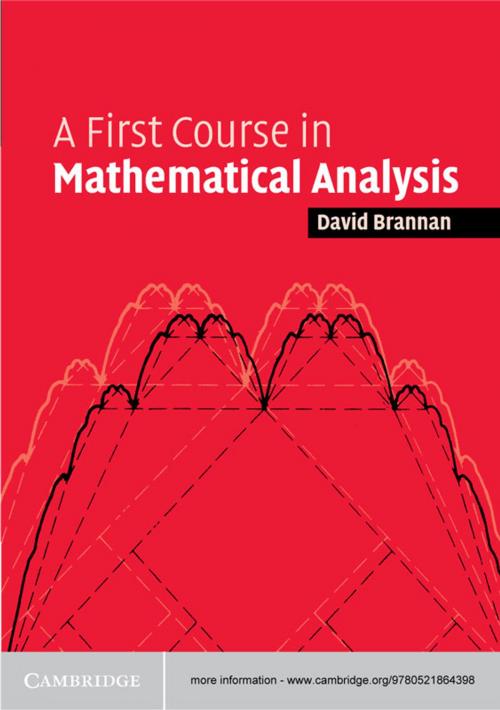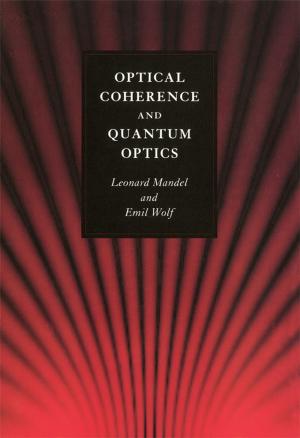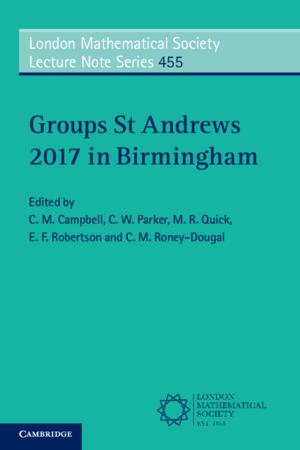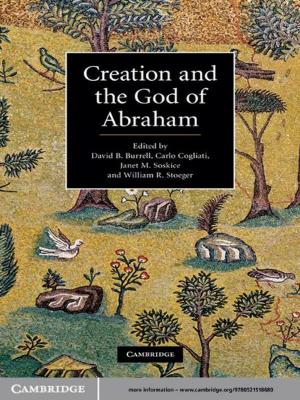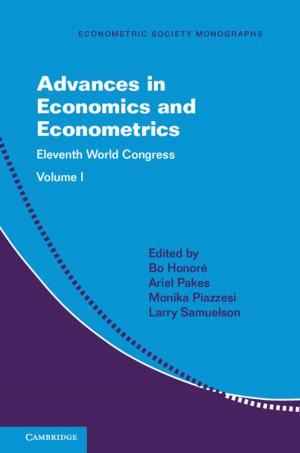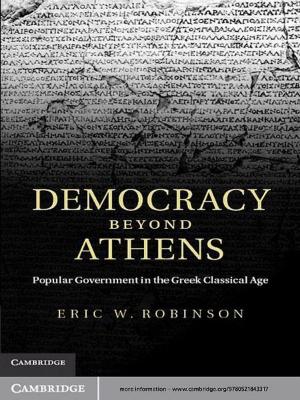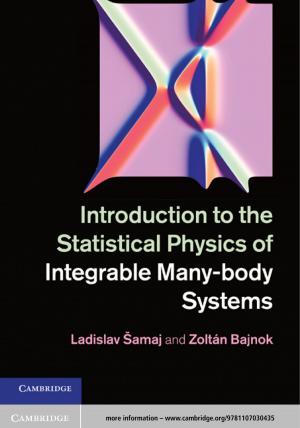A First Course in Mathematical Analysis
Nonfiction, Science & Nature, Mathematics, Mathematical Analysis, Technology| Author: | David Alexander Brannan | ISBN: | 9781139637404 |
| Publisher: | Cambridge University Press | Publication: | August 17, 2006 |
| Imprint: | Cambridge University Press | Language: | English |
| Author: | David Alexander Brannan |
| ISBN: | 9781139637404 |
| Publisher: | Cambridge University Press |
| Publication: | August 17, 2006 |
| Imprint: | Cambridge University Press |
| Language: | English |
Mathematical Analysis (often called Advanced Calculus) is generally found by students to be one of their hardest courses in Mathematics. This text uses the so-called sequential approach to continuity, differentiability and integration to make it easier to understand the subject.Topics that are generally glossed over in the standard Calculus courses are given careful study here. For example, what exactly is a 'continuous' function? And how exactly can one give a careful definition of 'integral'? The latter question is often one of the mysterious points in a Calculus course - and it is quite difficult to give a rigorous treatment of integration! The text has a large number of diagrams and helpful margin notes; and uses many graded examples and exercises, often with complete solutions, to guide students through the tricky points. It is suitable for self-study or use in parallel with a standard university course on the subject.
Mathematical Analysis (often called Advanced Calculus) is generally found by students to be one of their hardest courses in Mathematics. This text uses the so-called sequential approach to continuity, differentiability and integration to make it easier to understand the subject.Topics that are generally glossed over in the standard Calculus courses are given careful study here. For example, what exactly is a 'continuous' function? And how exactly can one give a careful definition of 'integral'? The latter question is often one of the mysterious points in a Calculus course - and it is quite difficult to give a rigorous treatment of integration! The text has a large number of diagrams and helpful margin notes; and uses many graded examples and exercises, often with complete solutions, to guide students through the tricky points. It is suitable for self-study or use in parallel with a standard university course on the subject.
